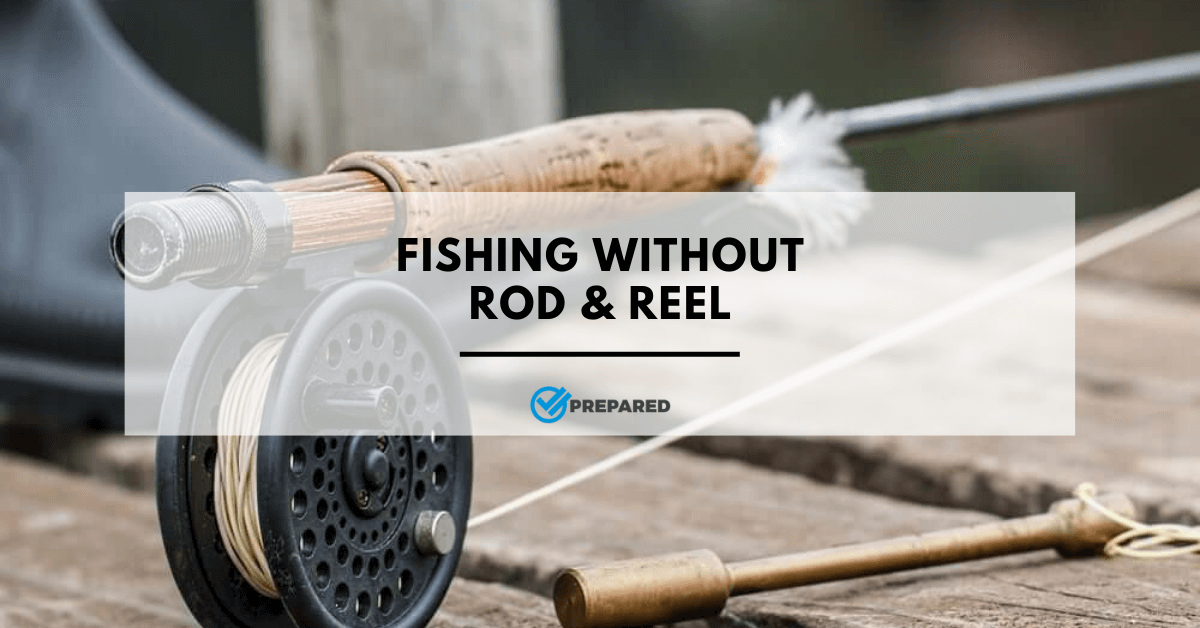Why is fishing important for survival? When you find yourself in a survival situation, there are several priorities on which you need to focus. The main four are food, water, survival, and shelter. It is said that you can survive three hours without warmth from fire or shelter, three days without water, and three weeks without food. So why is food such a point of focus for most survivalists? It seems like every time you turn on a survival show they are out burning calories while hunting for food.
Why Food? Why Fish?
The simple answer is that food makes you function at a higher level. When you go without food, your body starts by burning fat for calories. Then it moves on to muscle and organ tissue. This makes you clumsy, forgetful, depressed, and weak.
If you can get a small amount of food on a regular basis, you will be sharper and stronger to complete the tasks needed. The hardest type of food to acquire in the wild is animal protein. Fishing is typically the easiest way to acquire this. However, without a rod and reel, many of us are unable to catch those fish.
ALSO SEE: Finding Edible Plants for Survival
Fishing Methods
Without a rod and reel, most of us do not know how to catch fish. I know I only caught fish with a rod and reel until I first became interested in survival. However, most of the world catches fish in very different ways. Here are some primitive methods used to catch the fish you need to stay alive:
Hand Line – Hand line fishing is very similar to fishing with a rod and reel. With this type of fishing, you have a line spooled on a round reel such as a rock or bottle. At the end of the line is a weighted hook with bait or a lure. You hold the reel in your left hand and fling the line from your right. Start spinning the lure around in circles and let it fly when the momentum is at the right point. Then hold the reel out in front so the rest of the line can fly freely from the reel. While pulling in your line, wrap the line back around your reel to keep it from tangling. When you hook a fish, you have to drag it in by hand and then start over again.
Trot Line – A trot line is a line of several baited hooks that can be set and left for the duration of the day. As fish get caught on the hooks, come by once or twice a day to collect them. The line is made by stretching out a primary line and tying loops in the line every three feet. We then tie two to three feet lines from each loop and put a baited hook at the end of every line. Tie a weight to the end of the primary line, tie the other end to a tree, and sink the line in the deep end of the pond or lake. This will let you cover several different depths and parts of the pond or lake.
Gill Net – A gill net is a vertical net that is secured at both ends. It is best to put weights at the bottom and floats at the top to keep the net open. Gill nets work best with streams, rivers, or tidal pools because of the moving water. However, they can be used in still water as well. Typically gill nets are un-baited, but you can chum the water to draw fish into the area.
In Conclusion
While most people fish with a rod and reel, I have found that food can easily be had with primitive fishing methods. It takes some time to wrap your brain around these practices, but in time you will see that often this type of fishing catches more fish and allows you time for other tasks. With a little practice and creativity, you too can find a way to get protein when it really counts. Also, remember to make sure you add some fishing tackle to your survival supplies.

Chris was born and raised in South Africa and has worked in the field of risk management, organisational resilience, and business continuity for more than a decade. During his career he has seen how private and public sector organisations benefit from effective risk management and business continuity planning. Realising that families and communities can also benefit from the same tools, methodologies, and principles, he started Prepare with Foresight.
Prepare with Foresight was launched to assist individuals and families to have the peace of mind that they will be able to recover from and successfully adapt to the consequences of adverse events.

